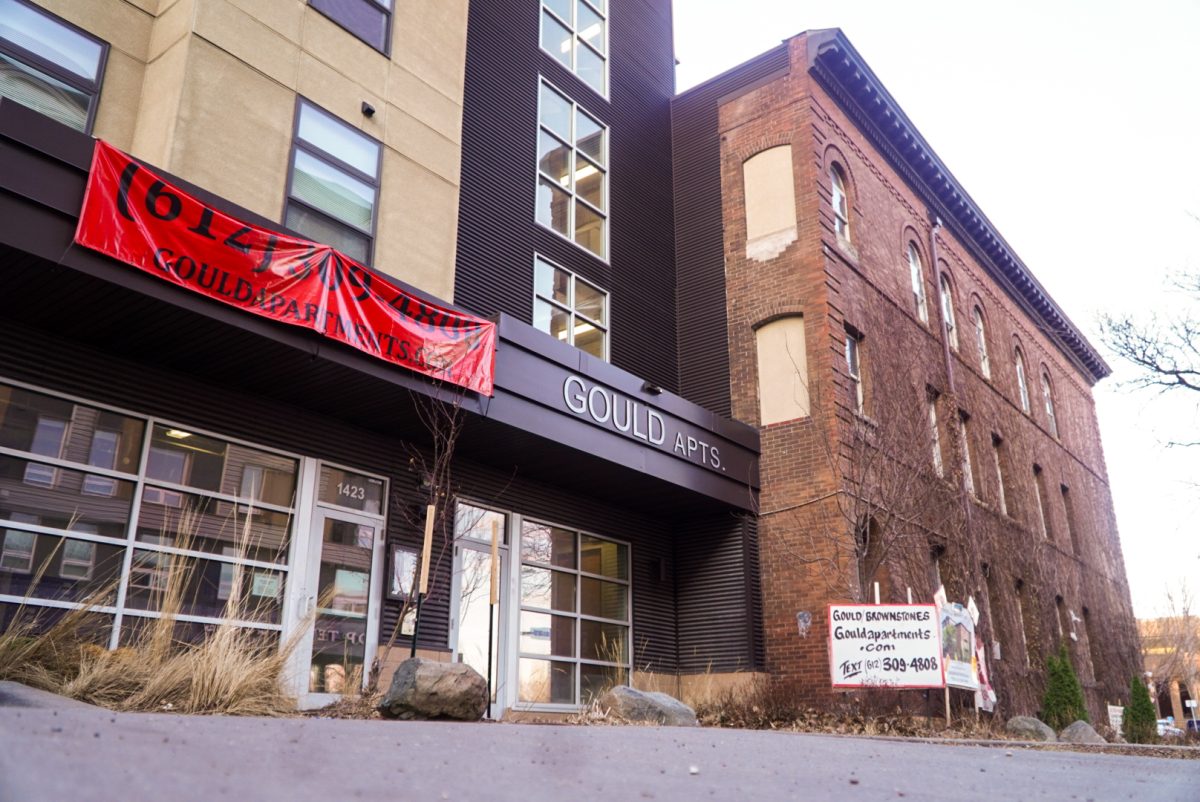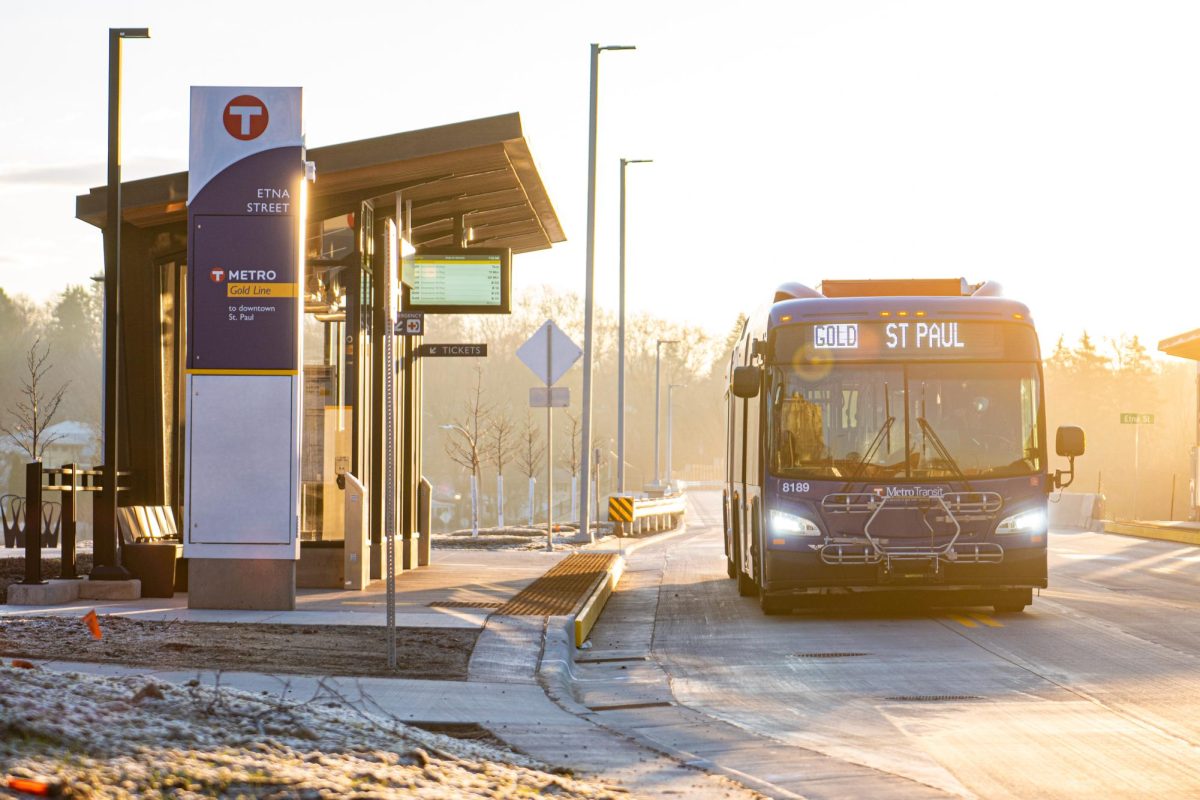Minneapolis residents might start sharing rides more often in coming years.
The Shared-Use Mobility Center, a nonprofit that promotes “shared mobility” services, introduced an action plan to Minneapolis City Council Tuesday to lay out its goals and plans for the future of Twin Cities ride sharing.
Sharing services include short-term rentals, like Zipcar and HOURCAR for car sharing and NiceRide Minnesota for bike sharing, as well as ride booking businesses like Lyft and Uber.
SUMC hopes to attract 30,000 new daily transit riders in the Twin Cities, maintain 600 vehicles in car sharing services and add 800 bikes for shared use.
Creighton Randall, program and development director for SUMC, said the Twin Cities have had knowledgeable pioneers and success stories, but holding the pace will be a challenge.
Mid-size cities have fewer resources and less population density, Randall said.
Car2Go, a car sharing service, began scaling back its program in 2016 before pulling out of Twin Cities later that year.
Another challenge, Randall said at the presentation, is when people define transportation by ownership. Instead, transportation can be viewed as a public good, he said.
According to 2011-2015 estimates from the U.S. Census Bureau, an estimated 73.4 percent of the 639,457 workers in Hennepin County drove to work alone in 2015.
The Twin Cities’ plan aims to take 20,000 cars off the road in five years, and remove 50,000 cars within 10 years.
SUMC previously created an action plan for Los Angeles County in 2016.
That plan advised linking mass transit options, pushing for a cultural shift from individuals driving alone, creating service centers and investing in sharing programs.
The LA plan’s goals also called for cuts to greenhouse gas emissions, traffic congestion, transportation costs and pulling 100,000 private cars off the road in five years.
Local advocates and University of Minnesota researchers expect positive changes to flow from added shared mobility.
“I think we can see a definite market for these services,” said Frank Douma, director of the Humphrey School of Public Affairs’ State and Local Policy Program.
Douma, who is also a research scholar at the Center for Transportation Studies, said new ride sharing services might challenge status quo options, like taxi services and city-owned metered parking spaces, which car sharing services would reserve.
In recent years, a shared car needs about 20 users to be profitable and takes just one parking space, Douma said. He said this is more efficient but will cost the city revenue from meters.
Paul Schroeder, CEO of Twin Cities based nonprofit HOURCAR, said all transit options lead to an “emerging ecosystem” of choices that help people meet their needs.
“[This] allows people to live simpler lives, more economical lives and more environmentally friendly lives,” Schroeder said.
Saif Benjaafar, director of the University’s Initiative on the Sharing Economy, said in an email the relatively low costs of cars in the U.S., taxes on them and their fuel have led to their prevalence.
However, Benjaafar said evidence shows consumers are willing to share rides with strangers given the right incentives and safeguards. “This is particularly the case with millennials.”
Ride sharing services may be even more pertinent given the possibility of driverless vehicles in the future.
Driverless vehicles are likely to grow popular in about 20 years, said Jacqueline Nowak, a University civil engineering graduate student and president of the Interdisciplinary Transportation Student Organization, in an email.
Hypothetically, this will add to demand for vehicles and increase traffic congestion, Nowak said.
“[But], if vehicles are shared, fewer vehicles will be needed on roads, potentially reducing congestion and vehicle miles travelled,” she said.







